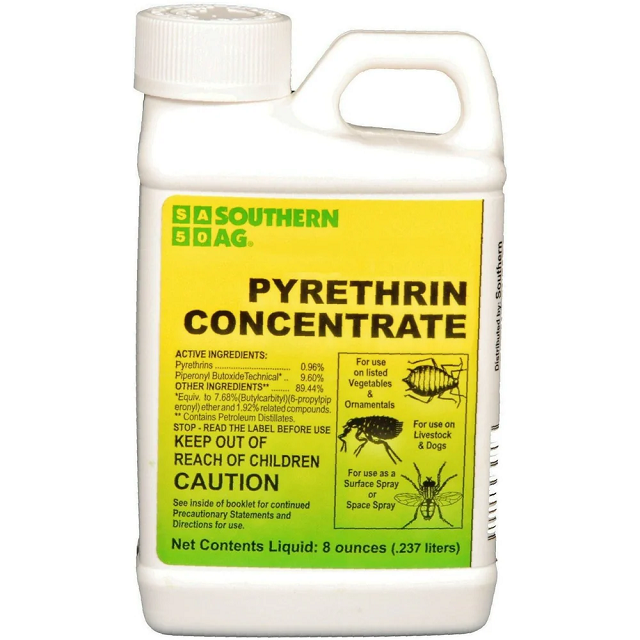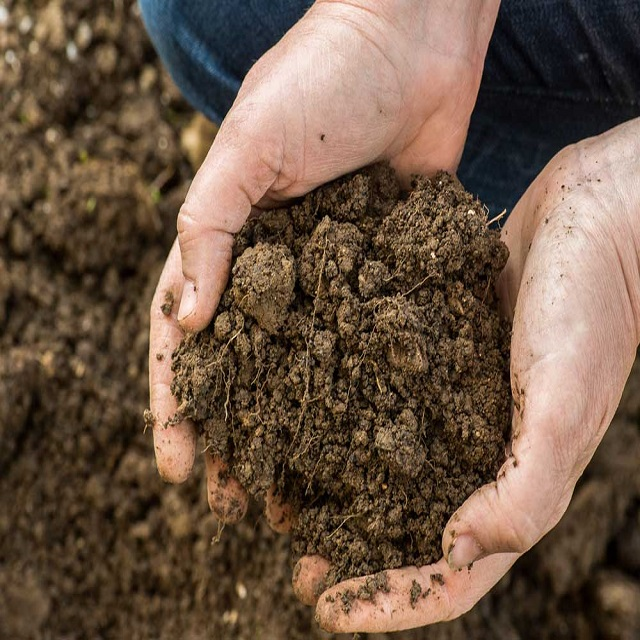
molecular model of sodium chloride (NaCl).
Sodium chloride, commonly known as table salt or halite, is an ionic compound with the chemical formula NaCl. It represents a 1:1 ratio of sodium (Na+) and chloride (Cl-) ions. Here are some key points about its structure:
Crystal Lattice Structure: Sodium chloride forms a face-centered cubic (fcc) crystal lattice. In this arrangement, each sodium ion is surrounded by six chloride ions, and vice versa.
Coordination Number (CN): Both sodium and chloride ions exhibit octahedral coordination with a coordination number of 6. This means that each ion is surrounded by six neighboring ions.
Ionic Bonding: The sodium ion (Na+) and chloride ion (Cl-) are held together by ionic bonds, resulting in the stable NaCl crystal lattice.
Crystallographic Data:
Crystal Structure Visualization:
Molecular Weight: The molecular weight of sodium chloride is approximately 58.44 g/mol.
Uses: Sodium chloride is not only essential for seasoning food but also plays a crucial role in maintaining intracellular osmolarity, nerve conduction, muscle contraction, and normal renal function in our bodies.
No review given yet!
 Free shipping on all orders over UGX 1 Millon
Free shipping on all orders over UGX 1 Millon
 Safe & Secure Online Payment Solutions or cash on Delivery
Safe & Secure Online Payment Solutions or cash on Delivery
 7 Days Return Policy
7 Days Return Policy
 Authentic Products with MONEY BACK GUARANTEE 100% money back guarantee
Authentic Products with MONEY BACK GUARANTEE 100% money back guarantee




